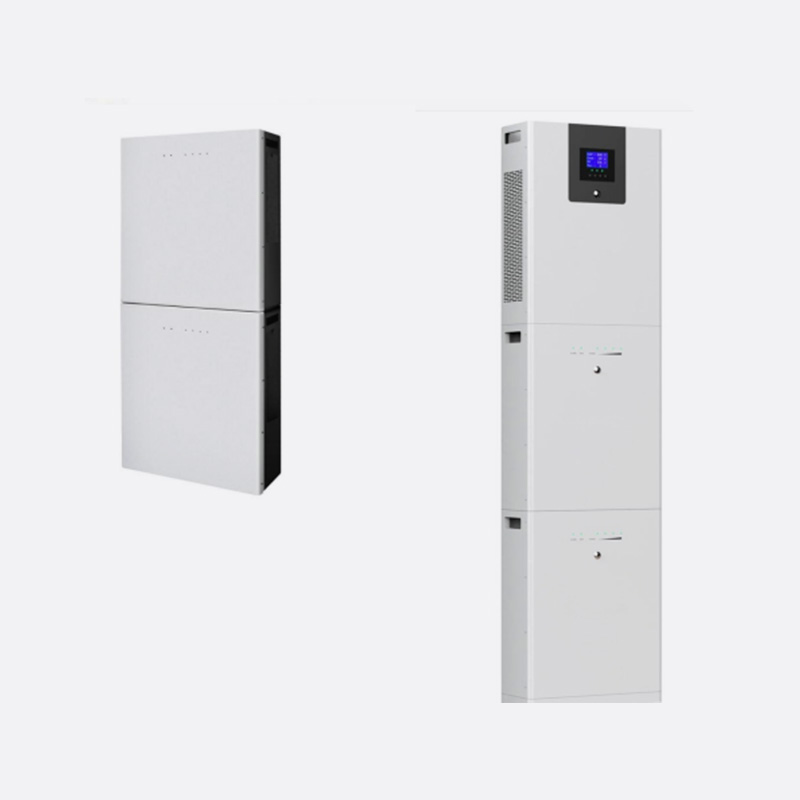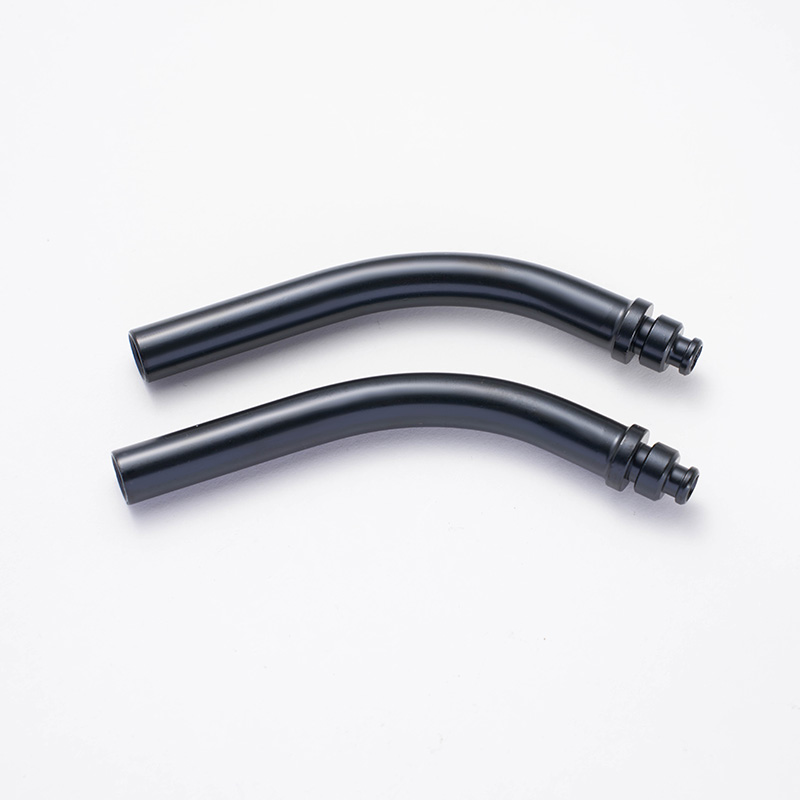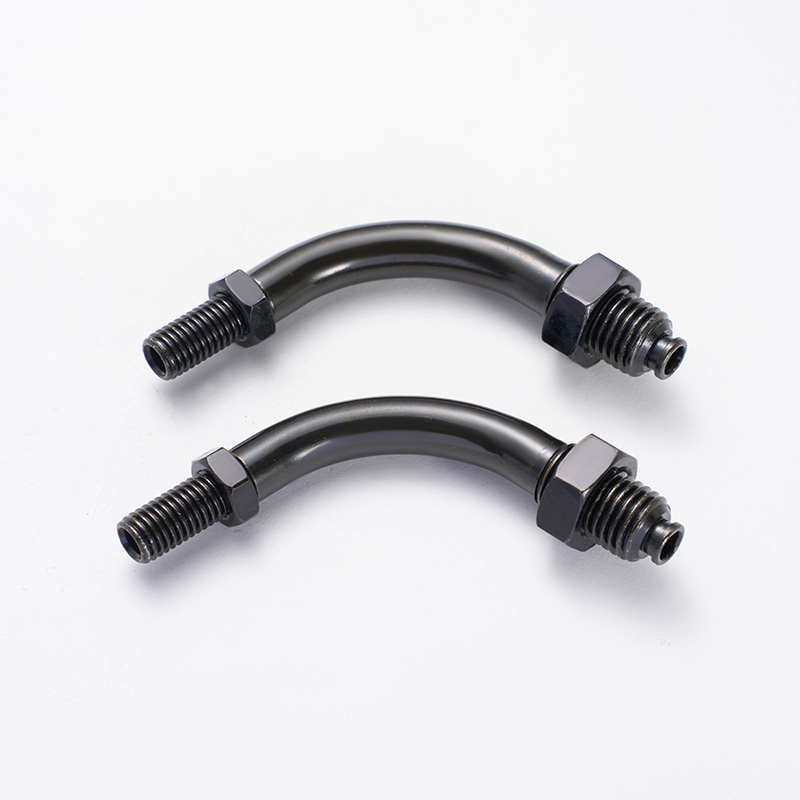The rapid advancement of technology has put the spotlight on energy storage solutions that are both efficient and sustainable. Among these, prismatic cells have emerged as a significant player in the realm of renewable energy. This essay delves into the future of prismatic cells, particularly the Prismatic Cell 100Ah, and explores how these batteries impact renewable energy sources, with a focus on Lithium Iron Phosphate cells.

What is the Future of the Prismatic Cell 100Ah?
The future of the Prismatic Cell 100Ah is promising, as it stands at the intersection of energy density and safety, two critical factors in the battery industry. Prismatic cells are known for their uniform structure, which allows for better heat dissipation and consistent performance across the entire cell. The 100Ah capacity indicates a significant energy storage capability, making them ideal for applications requiring high discharge rates and long cycle life, such as electric vehicles (EVs) and grid storage.
Looking forward, the demand for prismatic cells is expected to grow due to their adaptability in various applications. As manufacturers refine their technology, we can anticipate improvements in energy density, which will allow for smaller and lighter batteries with greater storage capacity. Additionally, the push for more sustainable and green technologies will drive the need for prismatic cells that can support the intermittent nature of renewable energy sources without compromising on safety or performance.
How Does the Prismatic Cell Battery Pack Impact Renewable Energy?
Prismatic cell battery packs have a profound impact on renewable energy by providing a reliable and efficient means of energy storage. The intermittent nature of renewable energy sources like solar and wind requires a robust storage solution to ensure a consistent power supply. Prismatic cells, with their high discharge rates and long cycle life, are well-suited to handle the demands of renewable energy storage.
Prismatic cells' modular design allows for scalability, which is essential for grid storage systems that must accommodate varying energy loads. The ability to stack and configure prismatic cells according to the required capacity makes them a flexible choice for renewable energy projects. This flexibility, combined with the cells' low self-discharge rate, ensures that the stored energy remains available when needed, reducing the reliance on fossil fuels and promoting a cleaner energy infrastructure.
How Do Prismatic Lithium Iron Phosphate Cells Impact Renewable Energy?
Prismatic Lithium Iron Phosphate (LFP) cells are a specific type of prismatic cell that has gained traction in the renewable energy sector due to their unique properties. LFP cells are known for their exceptional safety profile, as they are less prone to thermal runaway compared to other lithium-ion chemistries. This safety feature is particularly important in large-scale energy storage systems, where the risk of accidents can have significant consequences.
In addition to safety, LFP cells offer a flat discharge curve, which means they can deliver consistent power throughout their discharge cycle. This characteristic is beneficial for renewable energy applications, as it ensures a reliable power output that can be easily integrated with the grid or used to power devices directly.
LFP cells have a long life cycle, which reduces the frequency of battery replacements and lowers the overall cost of ownership. This longevity is crucial for renewable energy projects, which often require long-term investments to achieve a return. By extending the life of energy storage systems, LFP cells contribute to the economic viability of renewable energy initiatives.
 boo@zjmgmm.com / 958587858@qq.com
boo@zjmgmm.com / 958587858@qq.com English
English русский
русский Español
Español عربى
عربى







 English
English  Building 33, Demonstration Park, No. 318 Chenguang Road, Eastern New District, Wenling City, Taizhou City, Zhejiang Province, China
Building 33, Demonstration Park, No. 318 Chenguang Road, Eastern New District, Wenling City, Taizhou City, Zhejiang Province, China  0086-576-86337978
0086-576-86337978  0086-576-86333878
0086-576-86333878
 boo@zjmgmm.com
boo@zjmgmm.com 